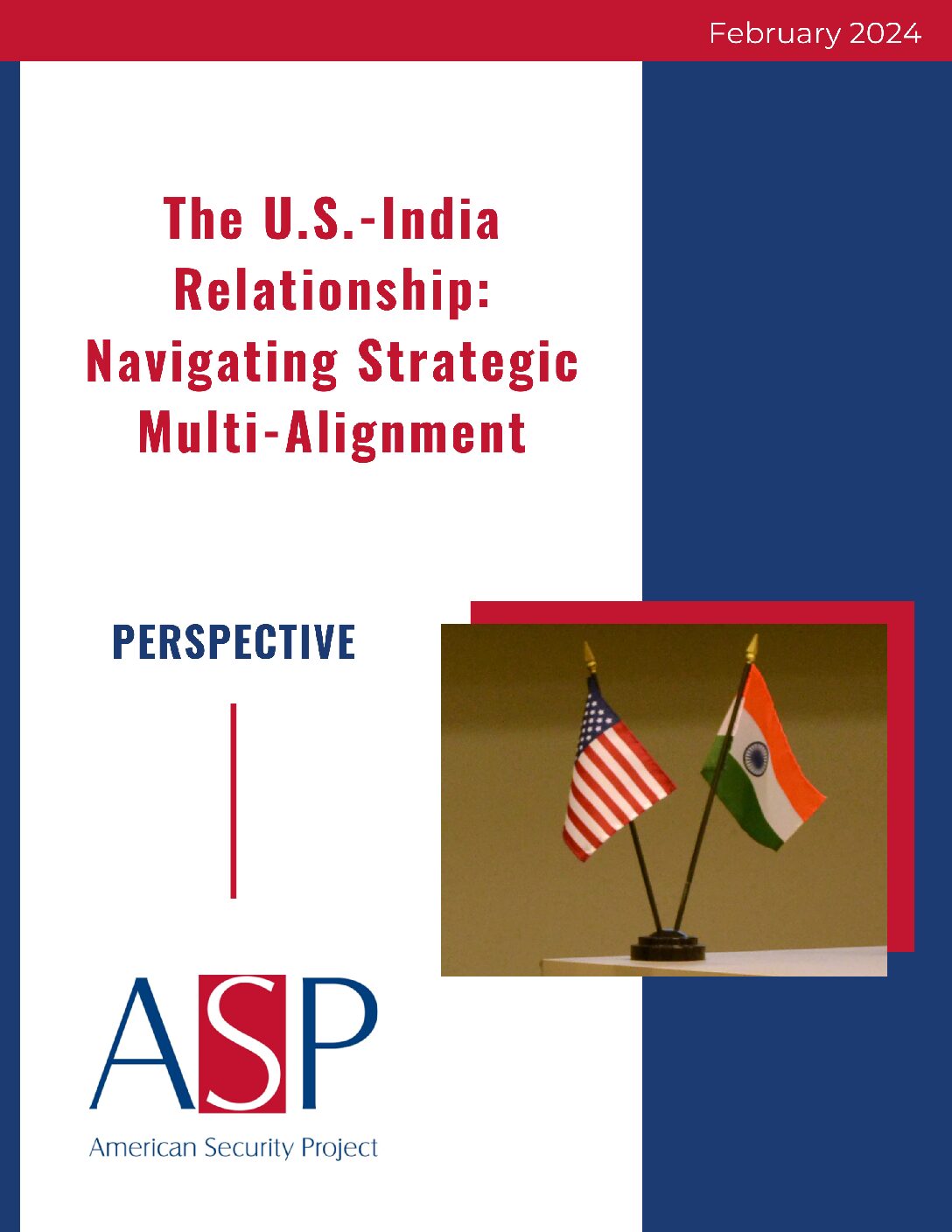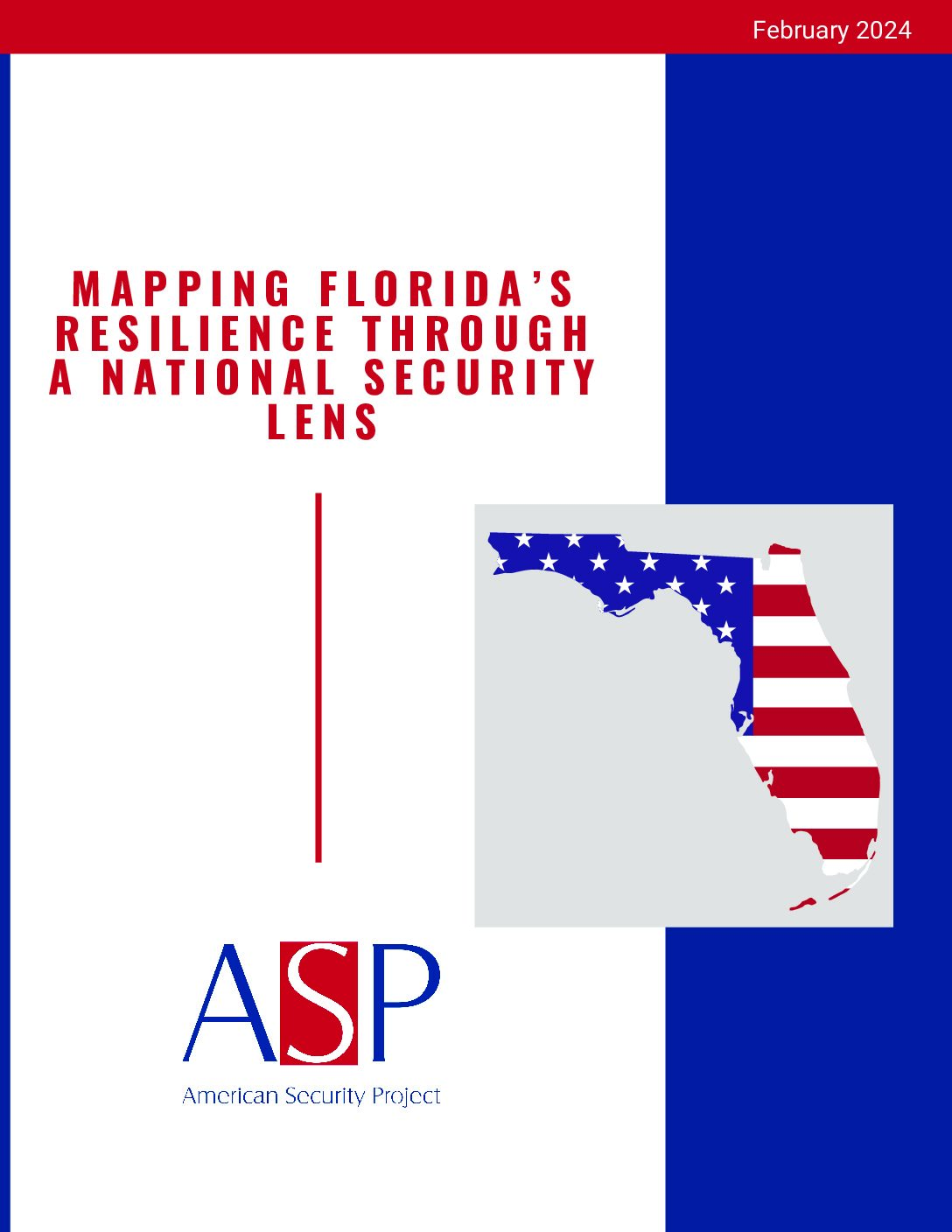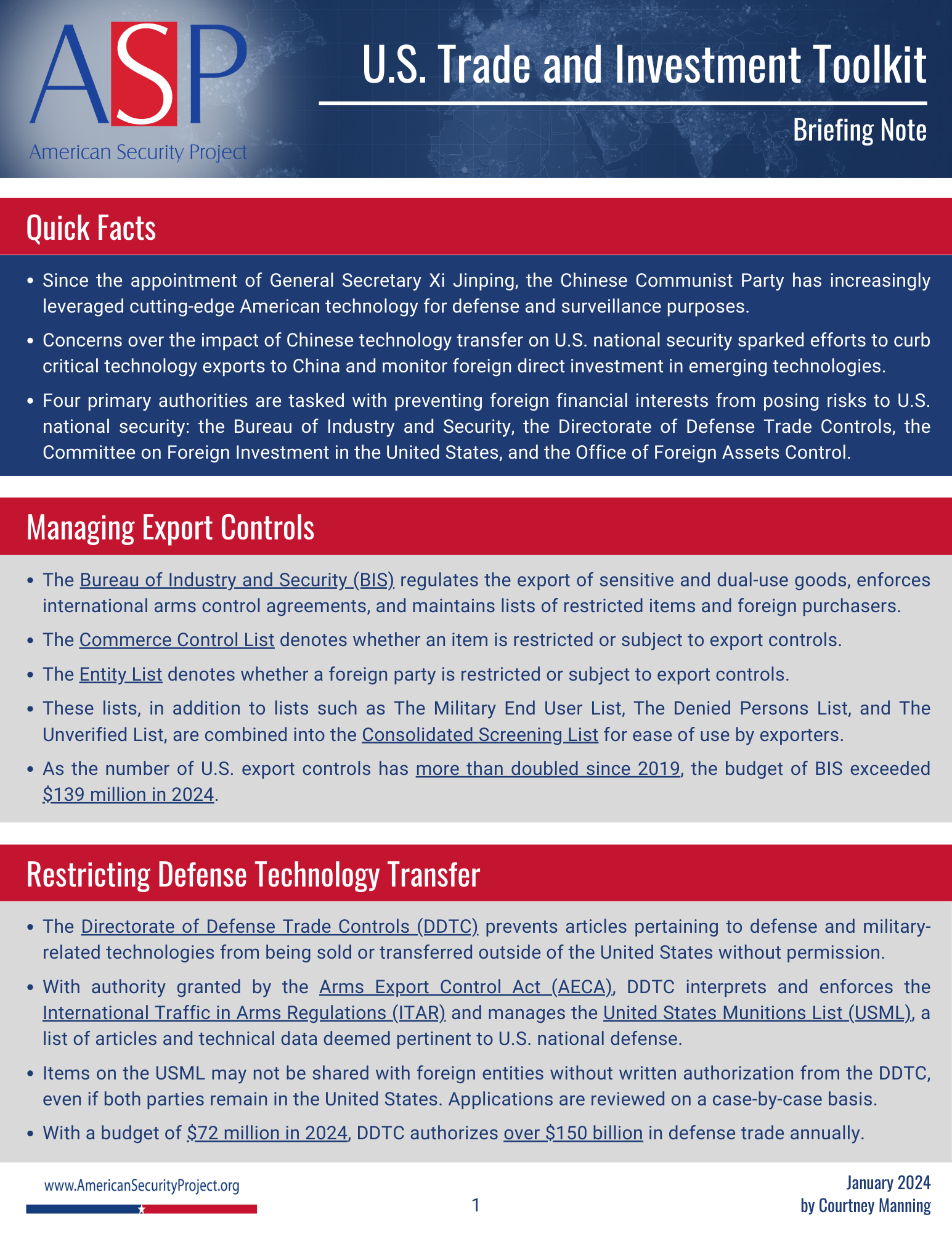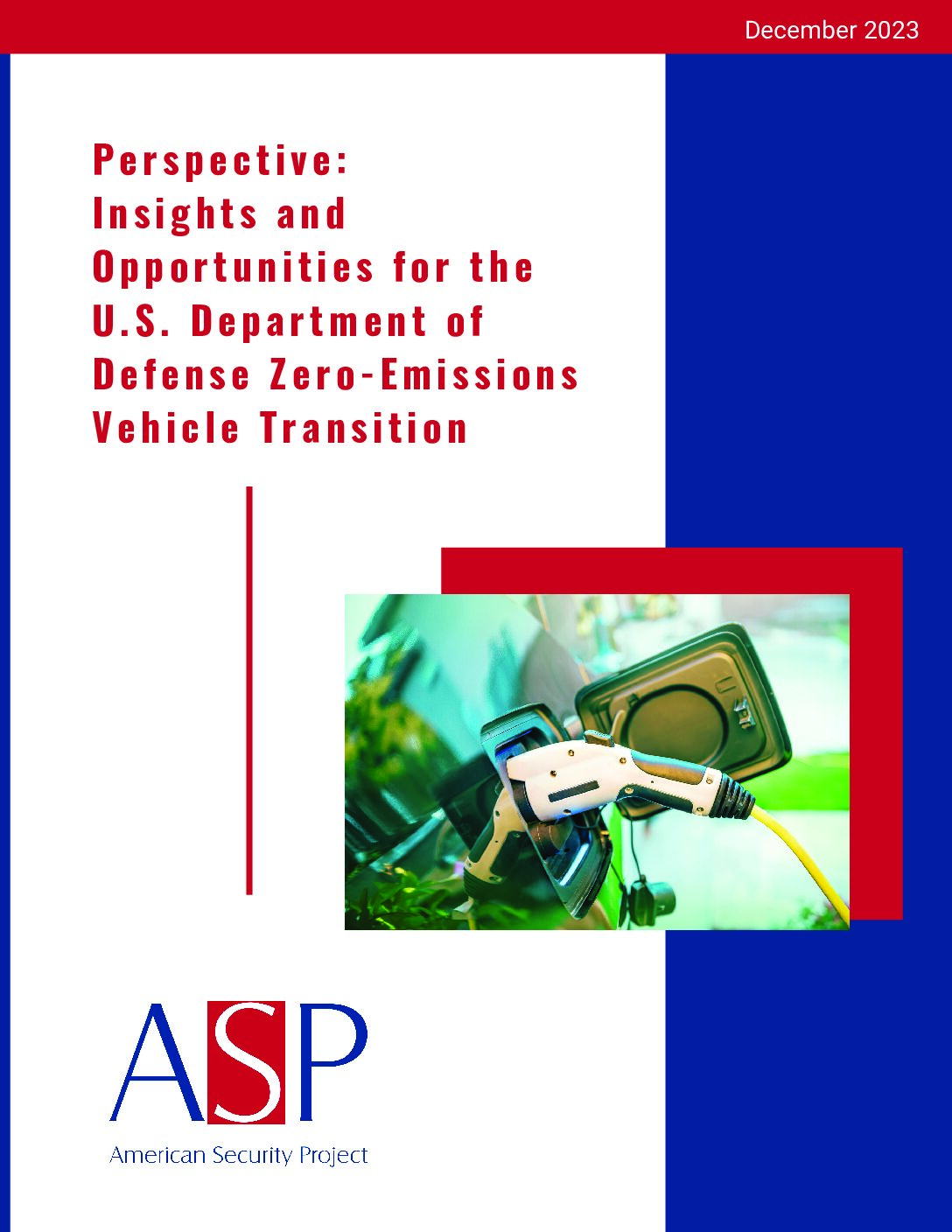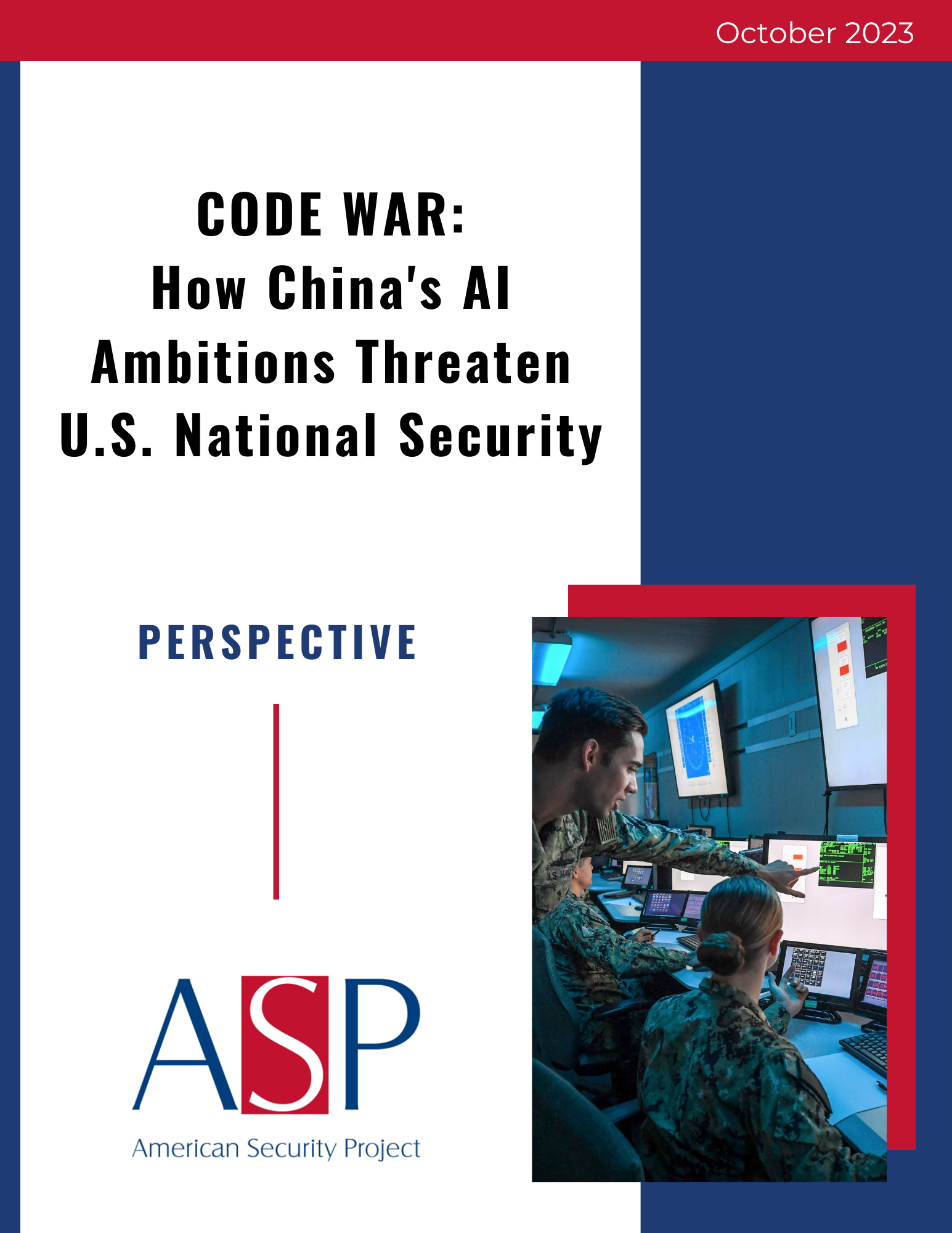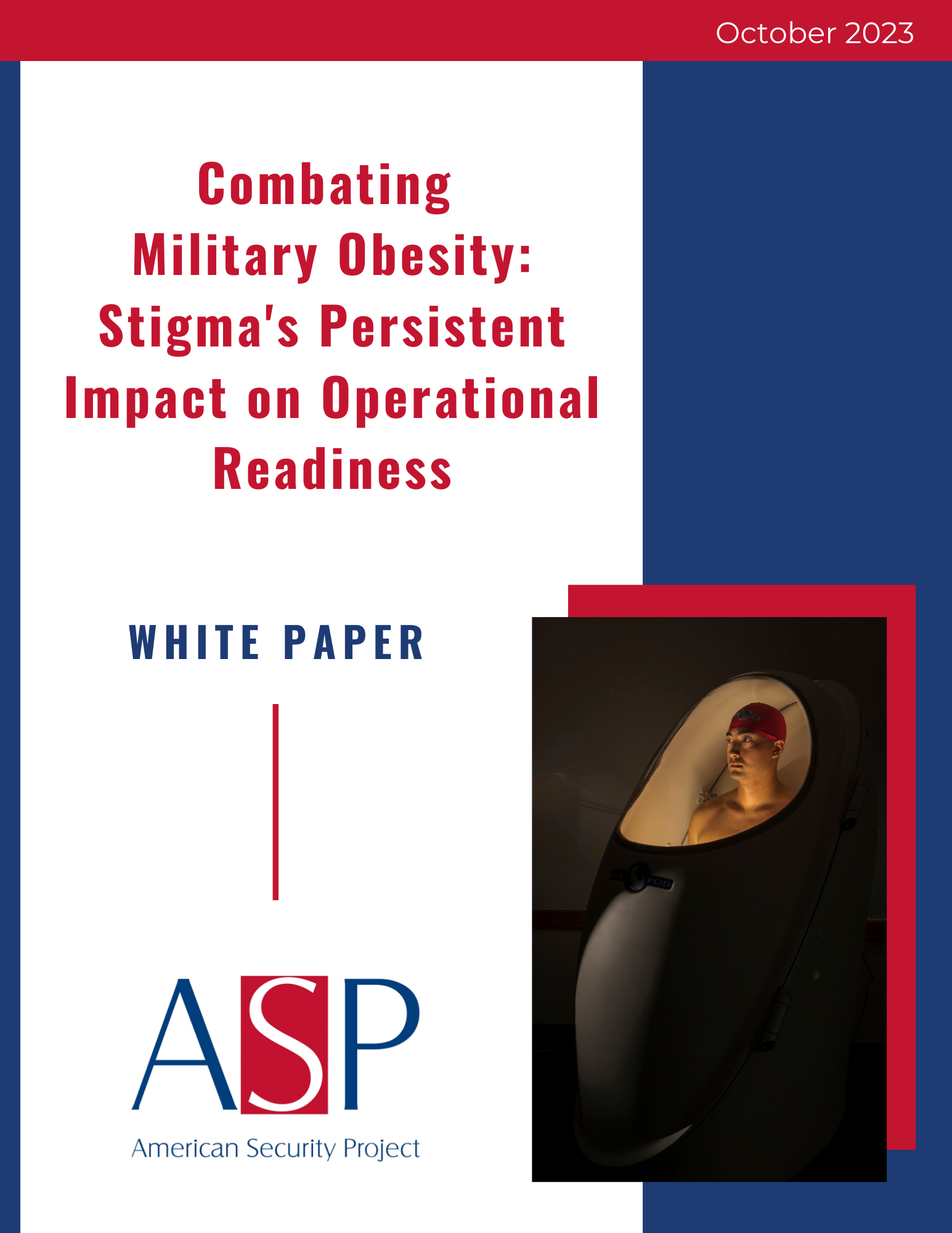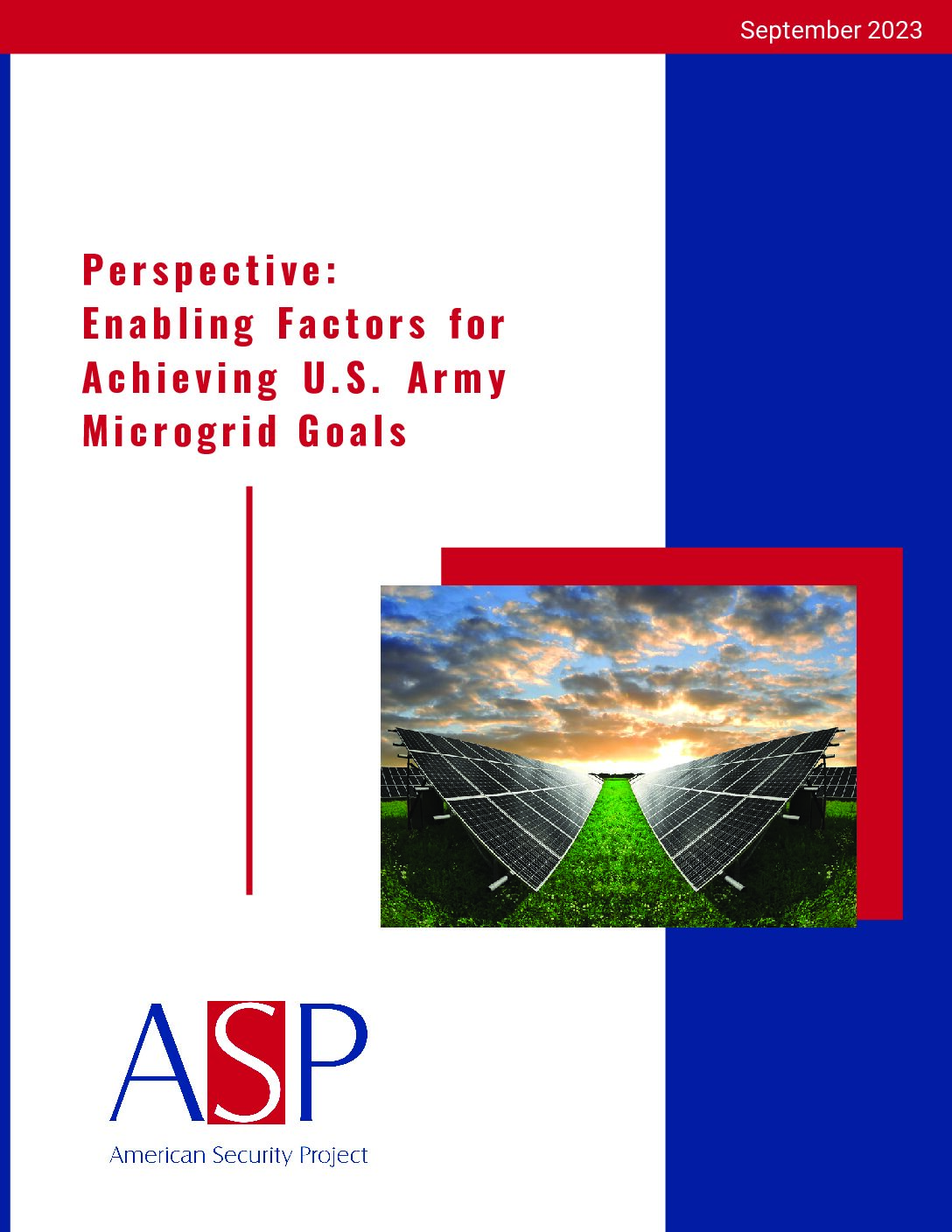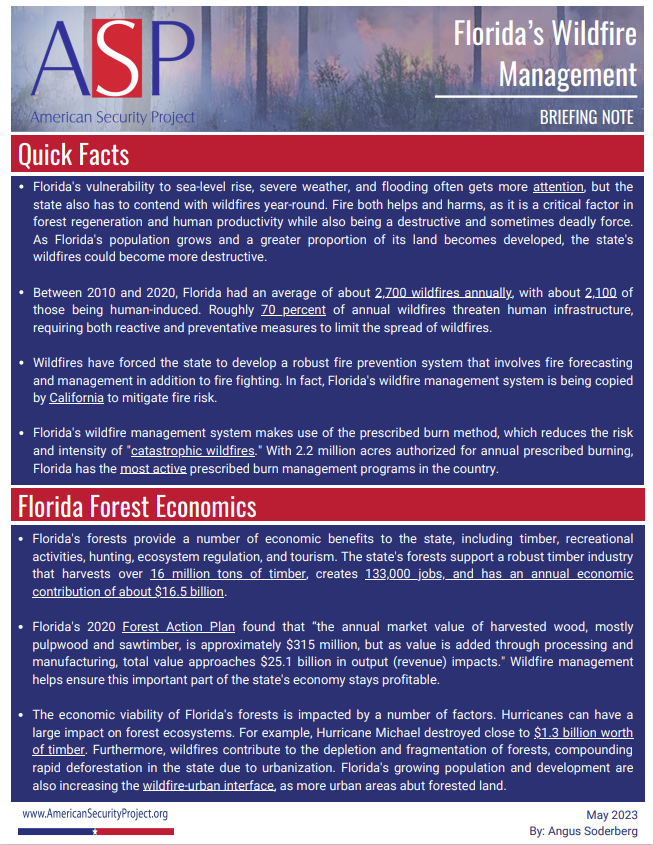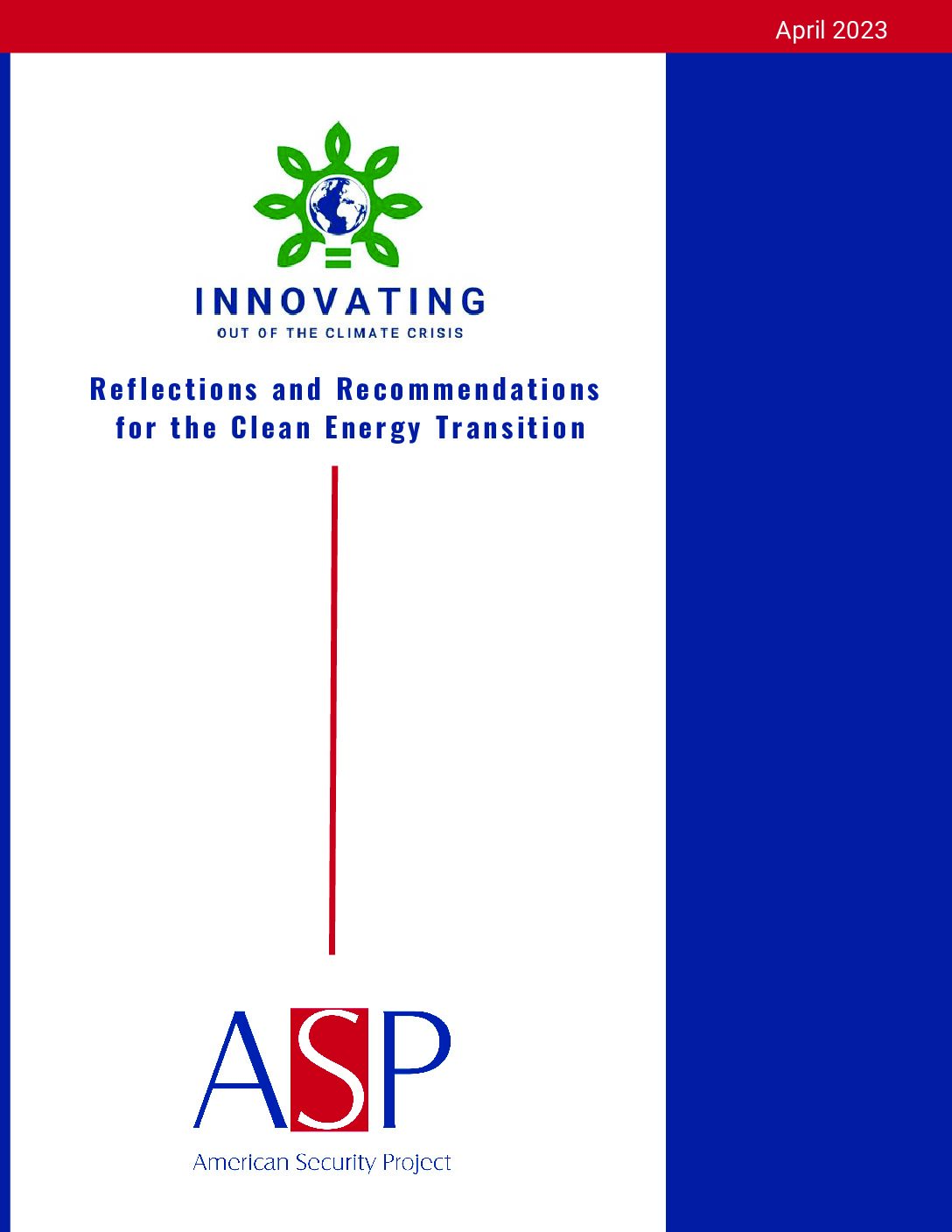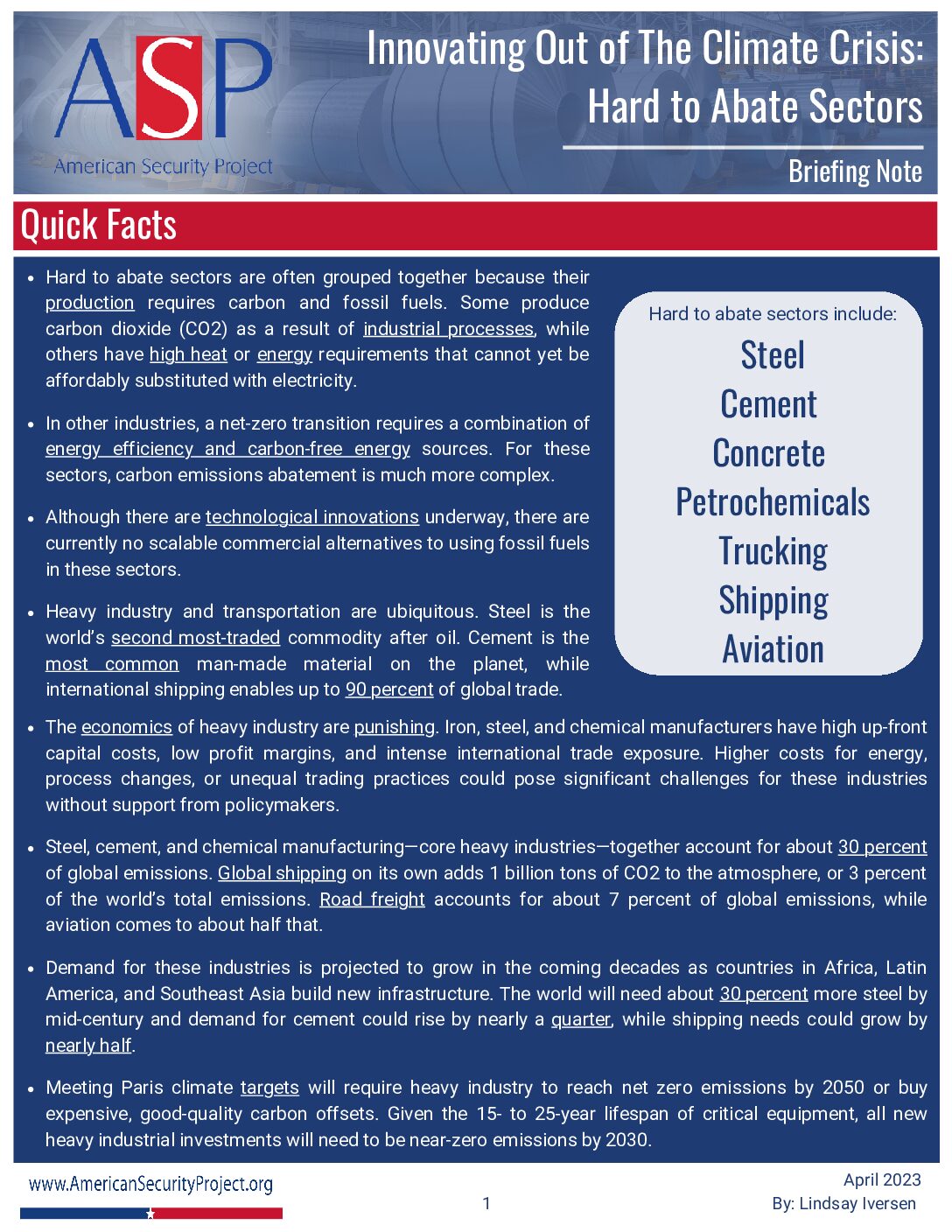Climate and energy security remain at the forefront of U.S. foreign policy and national security. Both the National Security Strategy (NSS) and National Defense Strategy (NDS) firmly establish energy resilience as key components of U.S. national security. Congress has also passed key pieces of legislation which sent important signals to public institutions and private industry to pivot away from fossil fuels to create a new domestic clean energy system. To better understand the dynamics of the clean energy transition and their relationship to energy security and national security, ASP developed the Innovating Out of the Climate Crisis series, which focused on five industry case studies in the energy ecosystem: electrification, hydrogen, carbon emissions, agricultural technology, and hard to abate energy sectors. Through a series of webinars and written publications, ASP identified challenges, opportunities, and potential policy and regulatory remedies that can help implement clean energy policies, foster innovation, and facilitate a robust clean energy transition.Read more...
